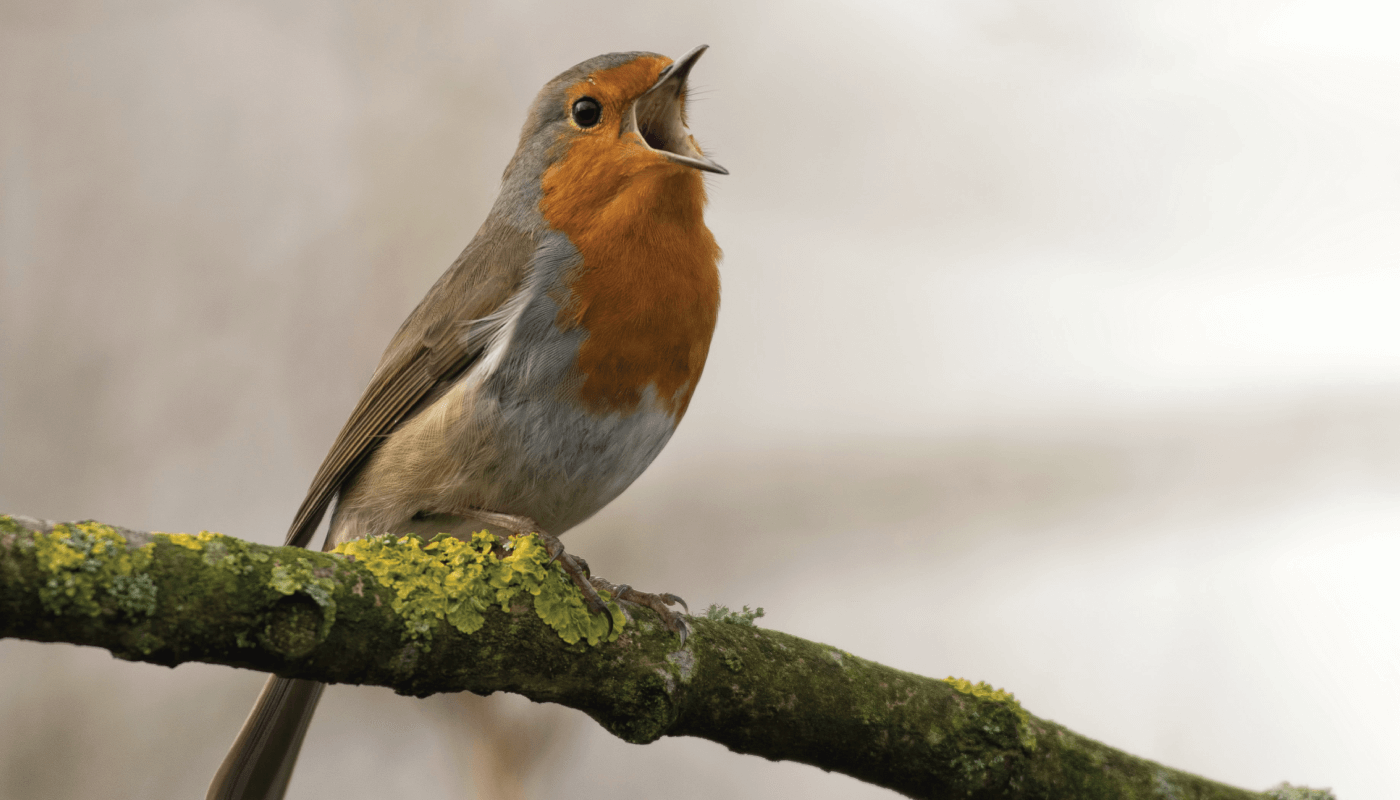
The seasonal migration of birds is fascinating – remarkable distances traveled with a mystifying ability to reach the intended destination. But now, an international collaboration of researchers may have identified the source of magnetoreception – the biological “compass” that guides birds through the Earth’s magnetic fields. When isolated and tested in the lab, the team found that the light-sensitive protein cryptochrome 4 (CRY4) from the retina of the European robin is sensitive to magnetic fields (1). Is this protein responsible for keeping songbirds on course during their seasonal relocation marathon? Study author Peter Hore, Professor at Oxford University, UK, explains: “To establish whether the cryptochrome hypothesis is the correct sensory mechanism, magnetic field effects on cryptochromes need to be measured in vivo to study the magnetic orientation of cryptochrome-deficient birds and/or to measure magnetic field effects on nerve impulses generated in the retina.”
References
- J Xu et al., Nature, 594, 535 (2021). PMID: 34163056.
